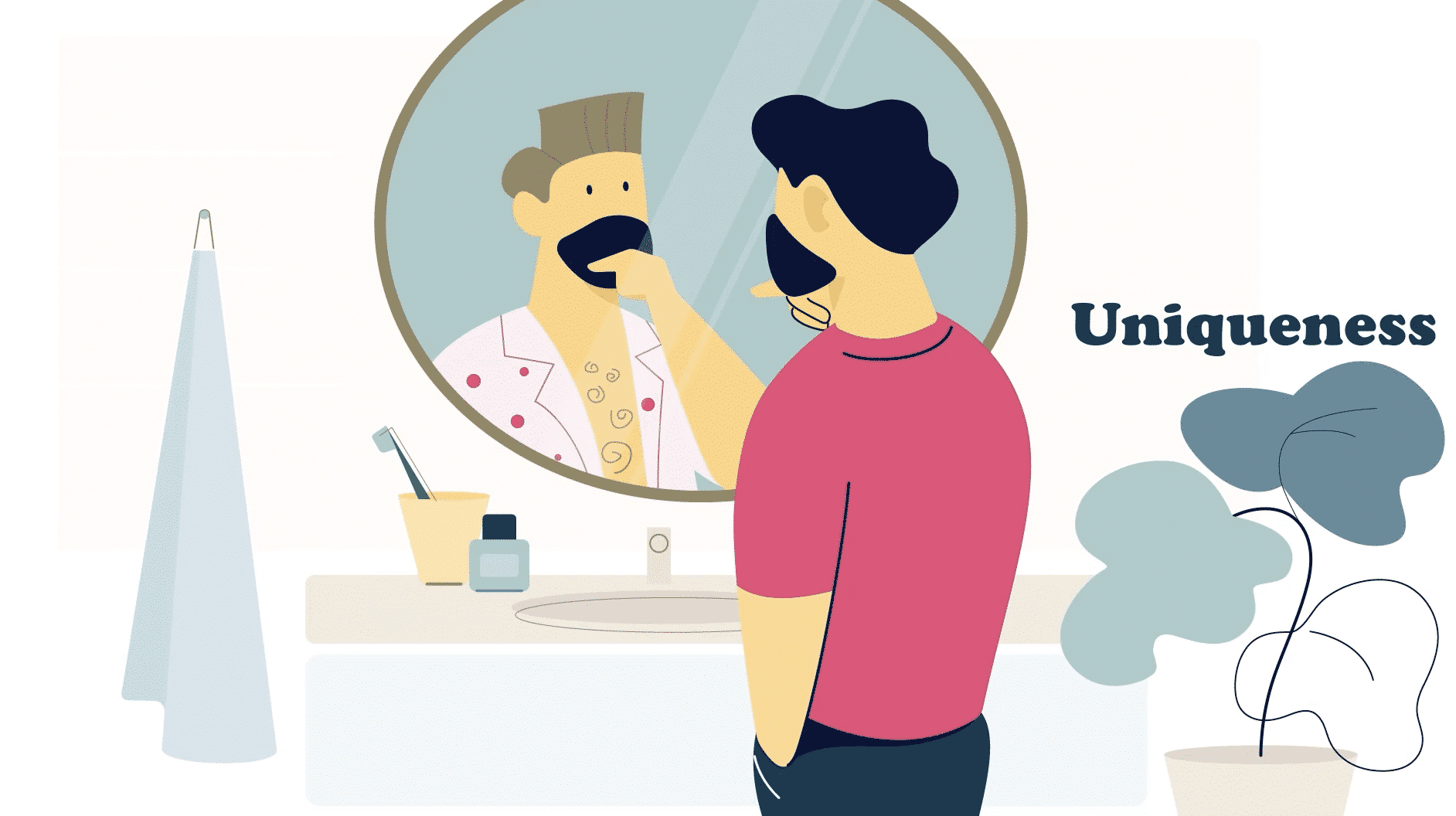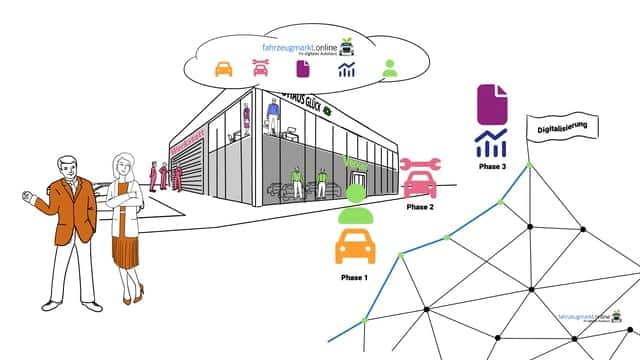Tips and ideas for emotionalizing and humanizing brand animation
Have you been hesitant to produce an animated explainer video for your business because you’re worried it will look too emotional or fake to your customers?
Or possibly because your target audience is too specific – so they think a moving approach via an animated explainer video is not feasible?
Then read on now. Because animated videos in particular open up a lot of scope and a lot of possibilities – if you set them up correctly.
Below we would like to share with you some tips and experiences we have gathered over time:
1. style types:
Create the right environment in the video to make your customer feel comfortable
– Is your target group rather older or rather younger? This can and should influence the style and plot of the video. Older audiences need less exciting animations, are allowed to be a bit simpler in design and have more natural tones and classical background music. In contrast, younger people often feel more attracted by modern animation, fast cuts and driving music.
– The same applies to the environment in the video: This is to be considered under the aspect of interests, gender and origin. Does the target audience tend to be female or male? Is the customer more likely to be found in the office and at business locations, is he a family man and comfortable at home, or is he a sports enthusiast and usually to be found on the football pitch or in the gym? This can greatly influence the scenes and the selection of your characters.
– Find out what your target group’s needs are and how they can best be addressed.Narrative styles can be, for example: funny, informative, explaining, advising, motivating, entertaining, animating, etc.
Example: environment field: a nice home and wish environment = vacation spot
2. the performers:
Look for characters that fit your target audience and your product or brand
– First, define a target group profile. Do you have only one type you want to address or several different characters with different needs? You can include one or more main characters in your explainer film.
– Bring your product to life in the video. Imagine for a moment that your product is a person. What would it look like? Is the person male or female? What is the voice pitch of their product persona? What colors does she like? Write down these characteristics in bullet points.
– Are there recurring leitmotifs or mascots in your marketing strategy? If not, start now. Create characters, types, and personas that appear over and over in your marketing messages and resonate with your target audience. Especially with complex and abstract products, it is often difficult for customers to anchor your product in their brain in the long term. By emotionalizing, for example with a direct communication between the target group and a leitmotif representing your abstract product, your customer can not only communicate directly, but is more likely to store information through empathy, sensation and other emotions.
Example: the little fidgety ADAS child
3. humanization:
Integrate emotions, gestures and humane communication gestures
– In an animated explainer film – as in reality – it is not always necessary to communicate with many words. In your characters, pay attention to communication gestures and emotions that are familiar to us. Even if the figures are not “real”: They seem “human” to us on a nonverbal level.
– Therefore, we advise to include desired facial expressions such as: Amazement, annoyance, sadness, bliss or satisfaction.
– Use gestures like shrugging for perplexity, jumping in the air for happiness, crying for sadness, laughing for happiness. That moves people – even if they are animated characters.
Example: Main character Max shows many facial expressions, emotions & gestures,
which appear empathetic.
4. the personification:
Bring charm, wit and humor to your video
– Maybe combine a funny animation video with cute, slightly exaggerated humor. But humor can also be an icebreaker for educated, older people or in the business environment, if it is appropriately staged.
– I dare you! An animated explainer video can also be funny. With natural humor and authenticity, it can become very meaningful.
– For example, if you have a local business in Bavaria and your customers speak Bavarian, they will integrate Bavarian humor or word slang. However, if you are a Bavarian company whose customers are spread in German-speaking countries or internationally, avoid Bavarian humor: customers will most likely not understand it.
Example: The CUBOX brings its own style and humor to the video as a narrator (English version)
5. the specification:
If your viewers are very specific, specify your video style and characters
– Do you think your target audience or product is too specific to be addressed in an explainer video? For example, do you offer special technology for dentists, special parts for the construction sector or food for confectioners? In the business sector, a specific niche target group can be perfectly addressed. But what about on the interpersonal level? Your client most likely, like everyone else, leads a normal life and you might find the “real you” more behind their job. What does your customer do when he comes home after work? Maybe he watches certain shows on TV, spends his free time with his family and children, or has a leisurely drink of wine while reading a book. Therefore, pick up your customer at the place and moment where you can touch him emotionally – maybe even at home.
Example: Deaf and hearing-impaired people also have a place in the explainer video and as viewers.
As you can see, an explainer video or corporate film that fits your product or brand depends on more than just visual design. Recurring leitmotifs, characters and the integration of emotions are also important to give the brand its own identity.
However, this places high demands on the development and production of an explanatory video or image film. Therefore, you should get experienced experts to help you create it from the very beginning. This ensures that your message really gets across and that you actually achieve your communication goal.
Nevertheless, only you know your product best: Therefore, it helps both sides in the video production if you have dealt with the topic in advance and know what your product or brand embodies and who your target group is.
This will help you create a good foundation for a successful video.




